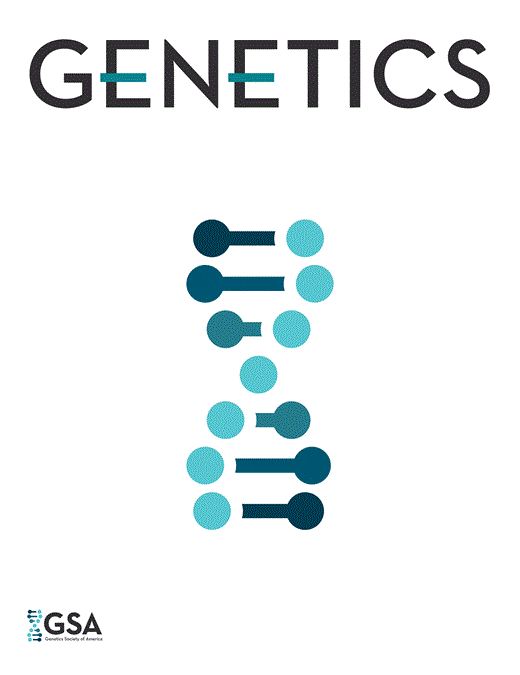-
PDF
- Split View
-
Views
-
Cite
Cite
Masatoshi Nei, ESTIMATION OF AVERAGE HETEROZYGOSITY AND GENETIC DISTANCE FROM A SMALL NUMBER OF INDIVIDUALS, Genetics, Volume 89, Issue 3, 20 July 1978, Pages 583–590, https://doi.org/10.1093/genetics/89.3.583
Close - Share Icon Share
ABSTRACT
The magnitudes of the systematic biases involved in sample heterozygosity and sample genetic distances are evaluated, and formulae for obtaining unbiased estimates of average heterozygosity and genetic distance are developed. It is also shown that the number of individuals to be used for estimating average heterozygosity can be very small if a large number of loci are studied and the average heterozygosity is low. The number of individuals to be used for estimating genetic distance can also be very small if the genetic distance is large and the average heterozygosity of the two species compared is low.



